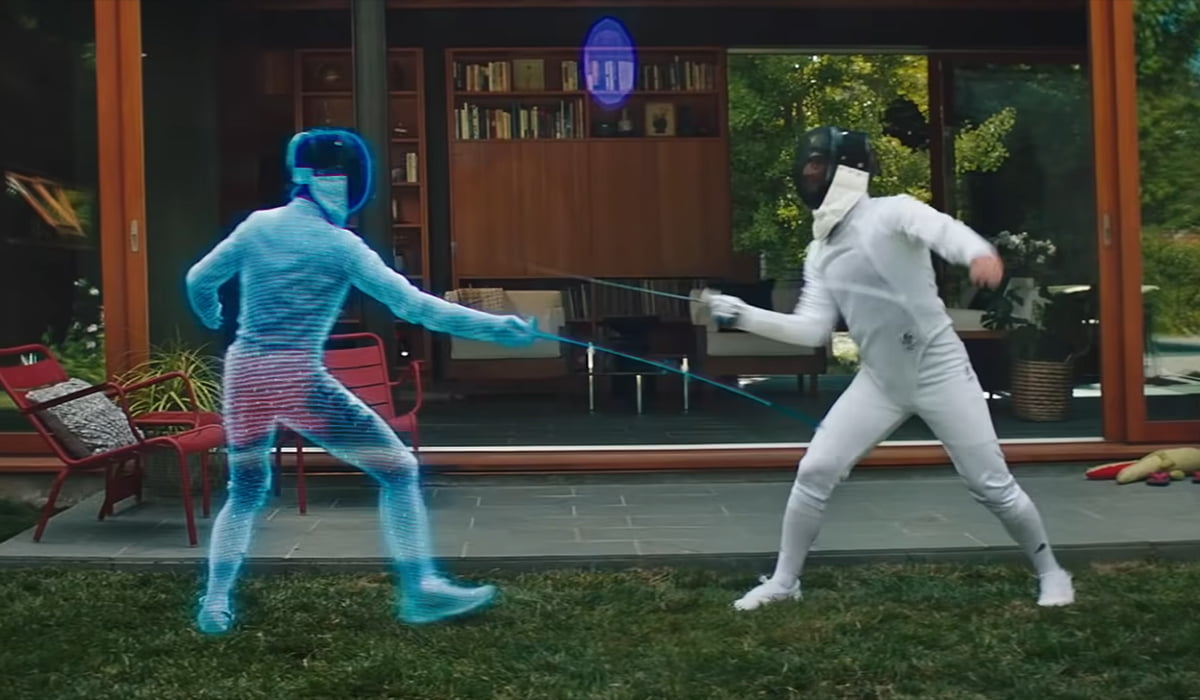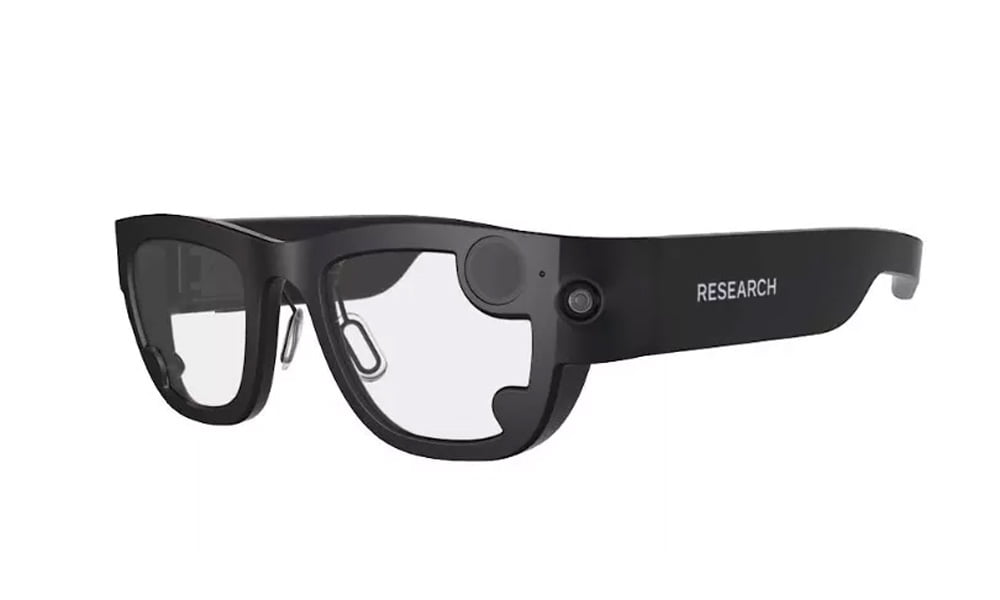AR headset: Meta's "Holy Grail" to arrive in 2024

Currently, a lot of Meta's XR business revolves around VR and virtual worlds. Both will remain, but the bigger business model is in the digital expansion of our reality: augmented reality.
But the hardware for advanced AR devices doesn't yet exist. At Facebook's Meta rebranding last fall, the group showed many AR-based tech demos that can't be implemented with current technology, or not with sufficient quality.
Zuckerberg thus refers to a slim AR headset as a "holy grail" that should change "our relationship with technology" - as soon as Meta can build it.
Project Nazare: Meta's first high-end AR glasses to arrive in 2024
The Verge's Alex Heath has seen the roadmap for Meta's AR glasses from sources close to Meta: The first generation is scheduled to launch in 2024, a lighter, more advanced version is planned for 2026, and the third variant will come another two years later. Meta plans to produce the chips for the high-end glasses independently in semiconductor factories in Asia after 2025.
According to a former Meta employee, Zuckerberg's ego is heavily involved: The AR glasses are supposed to be his iPhone moment, put Meta in a new light, and move his company away from its dependence on Apple and Google. Internally, Zuckerberg is said to be devoting increasing resources to Project Nazare.
Nazare: mainstream and economic viability still far away - but many high-end features in return
Meta already unveiled Project Nazare, the device's codename, back last fall. Heath now adds that Nazare will need to connect wirelessly to a "phone-like device" that will exchange data with the glasses. There are no plans to connect it to a smartphone, which would fit with Zuckerberg's wish to move away from Android and iOS hardware.
The standout feature of the glasses is said to be hologram phone calls with other humans, surpassing current video calls. Despite the mainstream potential of this feature, Meta is said to expect only a few tens of thousands of devices sold. Nazare is primarily aimed at studios and early adopters.
This also has to do with the price: Nazare is expected to be significantly more expensive than the current Quest 2 VR headset. The material costs alone are expected to amount to several thousand US dollars at present. A possible retail price has not been determined.
Especially the complex display technology is a cost factor: MicroLED projectors are to drive specially manufactured waveguides. Nazare also features eye tracking, a front-facing camera and a stereo audio system.
Nazare aims to provide a full AR experience
According to Heath's sources, Nazare has already been delayed several times as Zuckerberg insists the glasses will provide a full AR experience with 3D graphics and a wide field of view with a socially acceptable design. However, the targeted field of view of circa 70 degrees would likely be missed.
The design of the current prototype is comparable to normal glasses with thick temples (Heath uses Clark Kent's glasses from "Superman" as a comparison). The weight is supposed to be 100 grams, and the battery life is four hours.

With Project Aria, Facebook is exploring important foundations for future AR glasses. The prototype doesn't have a screen built in yet, but such a form factor is what Meta could be aiming for with Nazare. | Image: Facebook
Heath confirms previous reports that Meta abandoned the development of its XR OS back late last year. To save time, Meta is instead focusing on Android-based software for Nazare. The release of the high-end tech glasses in 2024 is not secured and could be postponed again.
Heath's source on Nazare suspects a long development period despite the massive resources Zuckerberg is allocating to the project, saying it will take decades for AR glasses to become mainstream. "You have to really be a missionary to see this through," the source said.
Hypernova: Inexpensive smart glasses for the mass market - but the killer app could be a wristband
Complementing Nazare, a cheaper pair of smart glasses codenamed "Hypernova" is expected to release in 2024 as well. These glasses need to be connected to a smartphone and act as a wearable display. It can project smartphone messages into the field of view, for example. Heath compares the device to the North data glasses Focals, which were bought and scrapped by Google.
With Nazare, Hypernova, and upcoming versions of Ray-Ban camera glasses, Meta reportedly plans to sell tens of millions of tech glasses by 2030. This goal was communicated internally by Meta's AR manager Alex Himel. Himel reports directly to Meta's new CTO Andrew Bosworth and has been with Facebook / Meta for more than 13 years. Meta is said to have sold around 120,000 of the first Ray-Ban glasses - the target was 300,000.
Nazare and Hypernova come with Meta's neural wristband, which intercepts brain signals and converts them into computer instructions. For example, typing on a table without a keyboard could be achieved by making finger movements to match those of a real keyboard. Meta first showed corresponding demos in March 2021.
The wristband's technology comes from startup CTRL Labs, which Meta bought in 2019 for up to $1 billion. According to Heath's sources, the wristband is impressive and has the potential to replace mouse and keyboard if the technology is scalable. “If CTRL-Labs works, none of this other stuff needs to matter,” a former senior Meta employee told Heath.
Meta AR launches with Cambria
Although the first high-end AR glasses are still a long way off, augmented reality will probably gain significant traction for Meta in the coming months with Project Cambria. Cambria will offer an AR mode like Quest 2, but in much higher quality.
Development studios can experiment with Cambria and create prototypes or even useful AR apps that can then be sold more frequently on devices like Nazare or Hypernova with a more compact, mass-market form factor.
Note: Links to online stores in articles can be so-called affiliate links. If you buy through this link, MIXED receives a commission from the provider. For you the price does not change.